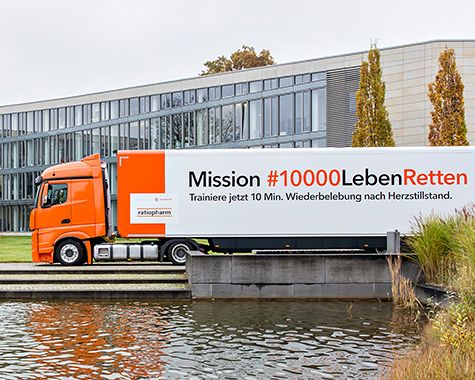One of the greatest strengths of Design Thinking is its focus on people. This means, first, wanting to understand human needs, behaviors, emotions and values. Second, it means using this understanding to inspire and shape your own work.
Individuals with a human-centered mindset are open and non-judgmental towards people with different backgrounds and perspectives. They are able to empathize with the emotions and needs of others, in order to understand why people do what they do. They feel comfortable taking on the user’s perspective on a problem, even if it does not correspond to their own experience. Finally, they actively involve users in specific phases of the design process.


